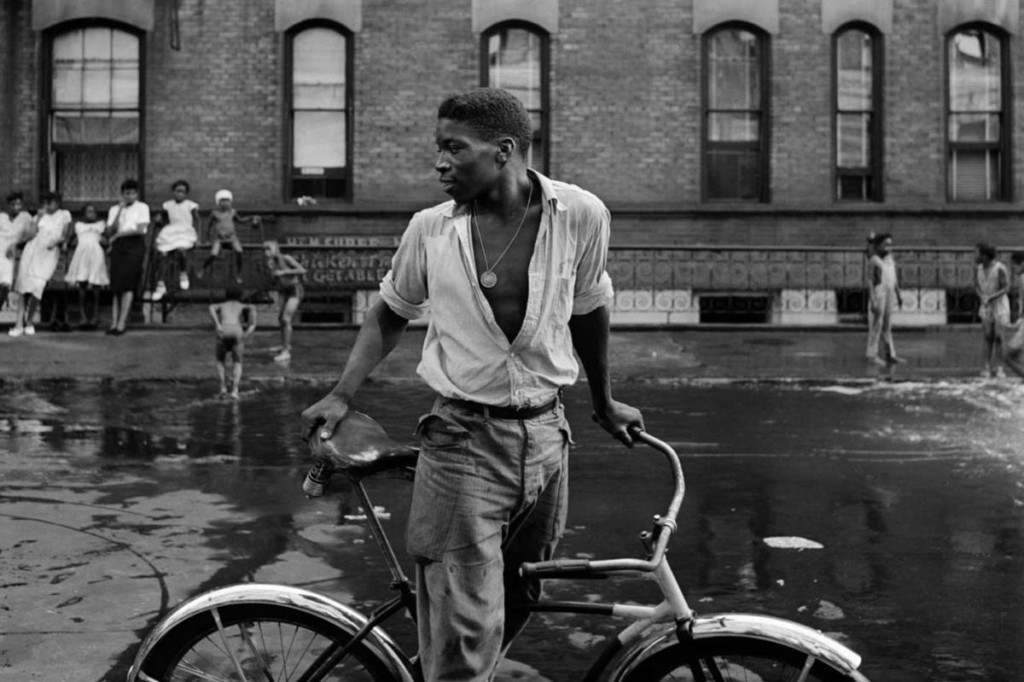The Greatest Guide To Framing Streets
Wiki Article
Unknown Facts About Framing Streets
Table of ContentsThe Best Strategy To Use For Framing StreetsAll about Framing StreetsFraming Streets Can Be Fun For EveryoneThe Facts About Framing Streets UncoveredFraming Streets Things To Know Before You Get ThisA Biased View of Framing Streets
Photography category "Crufts Canine Show 1968" by Tony Ray-Jones Street photography (also occasionally called candid digital photography) is photography conducted for art or questions that features unmediated chance experiences and random incidents within public places, normally with the aim of capturing pictures at a crucial or touching minute by careful framing and timing. 
All about Framing Streets
Susan Sontag, 1977 Street digital photography can focus on people and their behavior in public. In this respect, the street photographer is comparable to social documentary professional photographers or photojournalists who likewise work in public places, yet with the goal of recording newsworthy occasions. Any of these professional photographers' pictures might record people and residential or commercial property visible within or from public areas, which usually requires navigating honest issues and legislations of personal privacy, protection, and residential property.Representations of day-to-day public life form a genre in practically every duration of globe art, beginning in the pre-historic, Sumerian, Egyptian and early Buddhist art periods. Art dealing with the life of the street, whether within sights of cityscapes, or as the dominant theme, appears in the West in the canon of the Northern Renaissance, Baroque, Rococo, of Romanticism, Realistic look, Impressionism and Post-Impressionism.
Not known Facts About Framing Streets
Louis Daguerre: "Boulevard du Temple" (1838 or 1839) In 1838 or 1839 the initial picture of figures in the street was taped by Louis-Jacques-Mand Daguerre in among a pair of daguerreotype sights taken from his workshop home window of the Blvd du Holy place in Paris. The second, made at the height of the day, reveals an unpopulated stretch of street, while the various other was taken at about 8:00 am, and as Beaumont Newhall reports, "The Blvd, so frequently full of a relocating bunch of pedestrians and carriages was completely solitary, except a person that was having his boots brushed., who was inspired to carry out a similar paperwork of New York City. As the city developed, Atget aided to promote Parisian roads as a worthwhile topic for digital photography.

The Greatest Guide To Framing Streets
The chief Mass-Observationists were anthropologist Tom Harrisson in Bolton and poet Charles Madge in London, and their initial have a peek at these guys record was created as guide "May the Twelfth: Mass-Observation Day-Surveys 1937 by over 2 hundred observers" [] Home window cleaner at Kottbusser Tor, Berlin, by Elsa Thiemann c. 1946 The post-war French Humanist Institution photographers found their topics on the street or in the bistro. Andre Kertesz.'s extensively appreciated Images la Sauvette (1952) (the English-language edition was titled The Crucial Minute) promoted the idea of taking an image at what he called the "crucial moment"; "when form and material, vision and make-up merged into a transcendent whole" - 50mm street photography.What Does Framing Streets Mean?
The recording machine was 'a hidden electronic camera', a 35 mm Contax hidden below his coat, that was 'strapped to the upper body and connected to a long wire strung down the right sleeve'. Nevertheless, his job had little contemporary impact as because of Evans' sensitivities about the creativity of his task and the personal privacy of his subjects, it was not published until 1966, in guide Lots of Are Called, with an intro written by James Agee in 1940.Helen Levitt, after that a teacher of kids, related to Evans in 193839. She documented the temporal chalk illustrations - Best Zoom Lens that belonged to kids's street culture in New york city at the time, in addition to the children that made them. In July 1939, Mo, MA's new digital photography section included Levitt's work in its inaugural exhibitRobert Frank's 1958 book,, was significant; raw and typically indistinct, Frank's photos examined conventional photography of the moment, "tested all the formal rules laid down by Henri Cartier-Bresson and Walker Evans" and "contradicted the wholesome pictorialism and genuine photojournalism of American magazines like LIFE and Time".
Report this wiki page